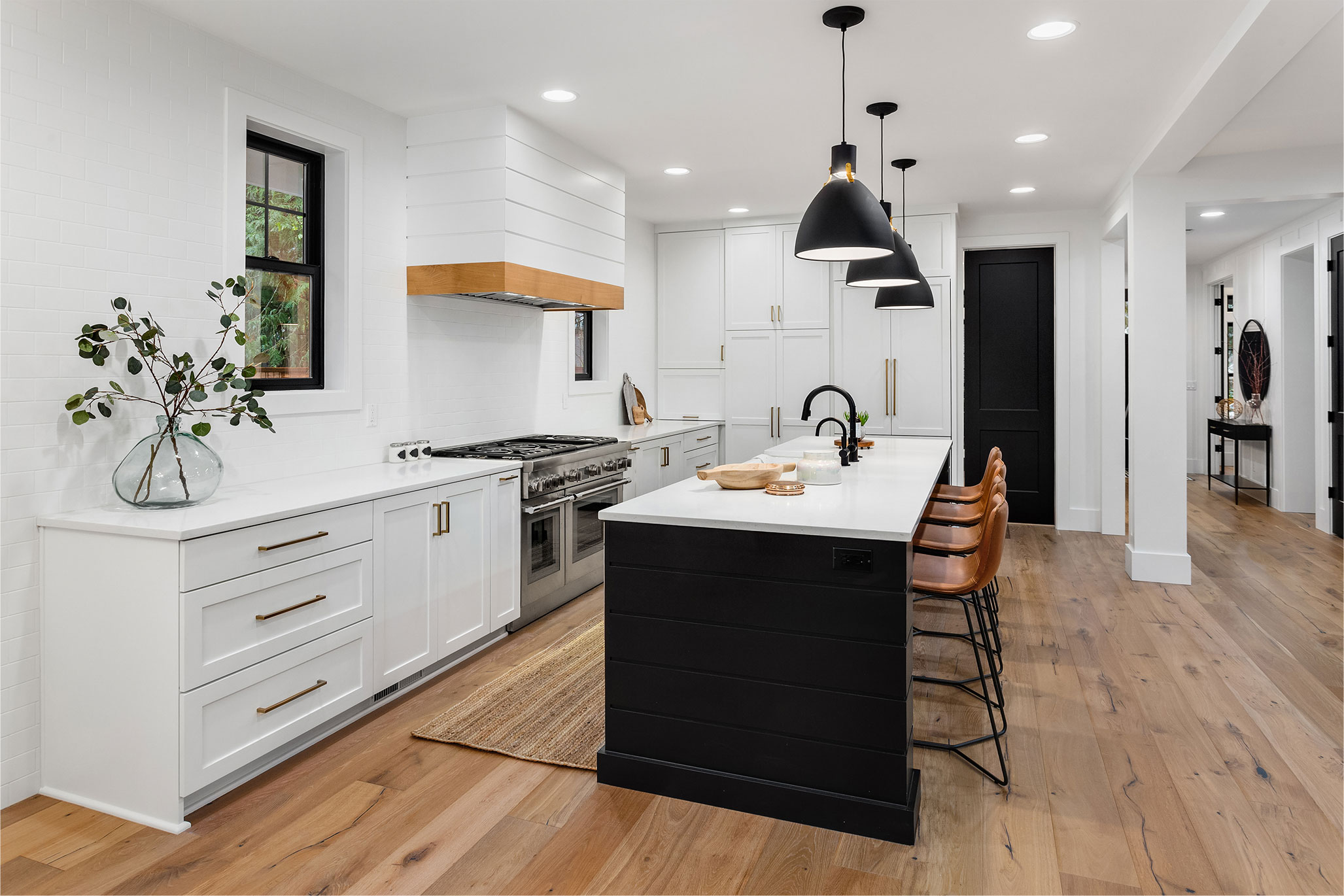One of the most common questions we hear from landlords is: “Can I start showing my rental property before it’s vacant?” On the surface, pre-leasing sounds like an efficient way to reduce downtime between tenants. After all, locking in a new renter while the current one is still occupying the property or before renovations are finished seems like a proactive step to avoid costly vacancies.
But at Advantage Property Management Services, our experience tells a different story. Pre-leasing occupied or not-yet-ready rentals often introduces more risk than reward. From legal and insurance complications to tenant frustration and strained landlord relationships, the potential pitfalls are significant. That’s why we don’t recommend it, and why we advise owners to carefully weigh the hidden costs before considering it.
Key Takeaways
Legal and Insurance Risks: Pre-leasing creates gray areas around liability, damage, and coverage.
Tenant Mismatch: Without viewing the final, move-in-ready space, tenants may start their lease dissatisfied.
Scheduling Conflicts: Renovations or extended stays from current tenants can cause delays and disputes.
Weaker Screening: Rushing to pre-lease often compromises proper tenant vetting.
Market Shifts: Rent prices or tenant demand may change before the lease begins, leaving you locked into a poor deal.
The Problems With Pre-Leasing
1. Liability and Legal Uncertainty
One of the biggest issues with pre-leasing is the unclear line of liability. If you allow a tenant to sign a lease before the property is truly ready, who is responsible if something goes wrong? For example:
If the property is damaged before move-in, who covers the repair costs?
If the current tenant causes damage during their final days, does the incoming tenant have grounds to break the lease?
If an accident occurs during early access (say, a tenant trips over construction tools during renovations), is the landlord, contractor, or tenant liable?
Insurance companies often don’t cover claims before the official lease start date, leaving landlords exposed. What looks like a time-saving shortcut can turn into a costly legal battle.
2. Renovation and Turnover Delays
Even the most carefully planned turnovers encounter surprises. Contractors may run behind schedule, materials may be delayed, or unexpected repairs can surface after a move-out inspection.
If you’ve already pre-leased the property, you’ve committed to a move-in date. Failing to deliver the property on time can frustrate tenants, create legal liability, and potentially force you into temporary housing arrangements to compensate for the delay. Instead of saving time, pre-leasing often creates logistical stress.
3. Tenant Expectations vs. Reality
When a tenant commits to a property without walking through it in move-in condition, expectations can quickly clash with reality. A unit still occupied by current residents may look very different once empty. Fresh paint, flooring changes, or even lingering odors can completely alter how a property feels.
If the new tenant is disappointed when they finally walk in, you’ve started the relationship on the wrong foot. A tenant who feels misled is more likely to complain, request concessions, or become difficult to retain long-term.
4. Compromised Tenant Screening
A rushed process is rarely a thorough one. Owners eager to pre-lease sometimes loosen their tenant screening standards in the interest of avoiding vacancy. Skipping steps in background checks, rental history verification, or income qualification can invite long-term headaches:
Tenants who consistently pay late.
Higher rates of property damage.
Lease violations that require costly enforcement.
At Advantage Property Management Services, we believe a few weeks of vacancy is far less expensive than a year of tenant problems.
5. Current Tenant Experience
Another overlooked factor is the impact on your current tenants. Allowing showings while they’re still in the property can create stress, inconvenience, and even hostility. Tenants may feel their privacy is being violated or that they’re being “pushed out” prematurely.
This can backfire in multiple ways:
Tenants may deliberately make the property appear less appealing during showings.
They could damage your reputation by leaving negative reviews.
They may even neglect their final maintenance responsibilities, knowing they’re on their way out.
Protecting your tenant relationships is just as important as attracting new ones.
6. Market Unpredictability
The rental market is dynamic. Locking in a lease before the unit is ready means you’re betting that today’s rent rate and demand will still apply weeks or months later. If demand rises, you’re stuck with a lower rent. If it falls, you risk losing the tenant before move-in.
By waiting until your property is fully available, you have a more accurate read on the market and can price accordingly to maximize your return.
7. The Stress Factor
Finally, there’s the intangible but very real issue of stress. Pre-leasing often creates unnecessary pressure to juggle schedules, manage current tenants, and negotiate with incoming renters all at once. A clean break between leases allows you to handle turnover systematically, make sure the property is in peak condition, and approach the next tenancy with confidence.
Better Alternatives to Pre-Leasing
Instead of pre-leasing, consider these proven strategies to minimize vacancy while avoiding risk:
Professional Marketing: High-quality photos, video tours, and well-crafted listings help attract tenants quickly once the property is available.
Streamlined Turnovers: Working with a property management company ensures contractors are scheduled in advance and turnovers are handled efficiently.
Competitive Pricing: Market analysis helps you set the right rent to attract qualified tenants without leaving money on the table.
Proactive Renewals: Engaging current tenants about lease renewals early can reduce vacancy risk altogether.
These steps let you balance speed with security without taking on the hazards of pre-leasing.
FAQs
Q: Isn’t pre-leasing the best way to avoid vacancy?
Not at all. With the right marketing, pricing, and turnover planning, properties can often be leased within days of becoming available. Vacancy is a normal part of rental ownership. It should be managed, not feared.
Q: Can’t a strong contract protect me if I pre-lease?
Contracts can help, but they can’t eliminate all risks. Insurance gaps, tenant dissatisfaction, and unforeseen delays still create exposure even with airtight lease language.
Q: Do some landlords successfully pre-lease?
Yes, especially in markets with extremely high demand or with new construction where timelines are certain. But for most individual investors, the risks outweigh the rewards.
Q: What if I really need to fill a vacancy quickly?
Work with a professional property manager. At Advantage Property Management Services, we use strategic marketing, proven screening methods, and fast turnover processes to minimize downtime without cutting corners.
The Preferred Choice for Your Rental Property
While pre-leasing may seem like a clever way to reduce vacancy, the reality is far more complicated. Legal ambiguity, tenant dissatisfaction, renovation delays, and market shifts make it a risky proposition for most landlords.
At Advantage Property Management Services, we prioritize protecting your investment and building strong, lasting tenant relationships. That means waiting until your property is truly move-in ready before signing a lease. It’s a strategy that ensures better tenant satisfaction, stronger protection for you, and a smoother rental experience overall.
Looking to reduce vacancy without unnecessary risks? Contact Advantage Property Management Services today to learn how our proactive marketing and streamlined processes deliver A Higher Standard in Property Management.
Additional Resources
Facing Tenant Early Lease Termination in California? Here's What to Do
What Payment Platforms Should You Use for Online Rent Collection?






